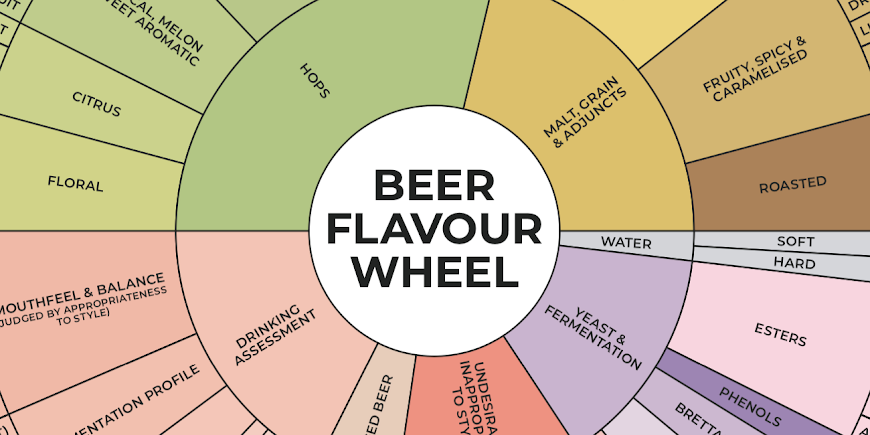I shop for wine by the label because name, place and variety mean very little to me in the same way that someone who doesn’t know beer couldn’t tell you the differences between a Belgian dubbel, a US IPA or an Italian pilsner (though they are moving targets which get faster every day so many beer people couldn't get them right!). When a new wine shop announced it was opening almost opposite my flat I got all excited at the prospect of having a good selection of wines, beers (for it said beers would be on sale too), spirits and cigars. When it opened the beer selection disappointed; there was nothing I couldn’t get in the supermarket and there was nothing I’d buy (except Desperados!). But the wine selection, however, even with my limited knowledge, was pretty impressive.
Passing from bottle to bottle was like trying to watch a film in Japanese: I roughly knew what was happening but I had no idea of the intricate details. That was until I saw Battle Island which, keeping the Japanese film allusion alive, is the equivalent of someone standing up, pulling out a gun and shooting everyone while doing back flips (in other words, it looked impressive even if I didn’t know exactly what it was doing). I picked up the boldly labelled bottle and turned it around as if to feign knowledge or to find it, instead I saw a label which reads: ‘This is not an explanation. To join the storyline find www.furiousknivesofwine.com’ with a cool new-skool Olde English calligraphy logo. I knew I had to have it because I may just have found the BrewDog of Wine (unfortunately the website is still being built, which isn’t cool, but I like the idea that you need to go online to find out more - all they need now is their twitter handle printed on the cork).
It’s a 14.5% Australian Shiraz-Cabernet made by Some Young Punks for the Furious Knives of Wine (that alone sounds pretty awesome, whatever it is, and Some Young Punks have some great labels) which cost £8.99. It pours a deep, inky red and is a glassful of dark, red fruits. One luscious mouthful and it covers the tongue but remains wonderfully light for its amplified abv. It throws off masses of plumy fruit and blackberries, a little chocolate, some spice, a tannic dryness like cranberries and even a botanical bitterness – I liked it a lot.
As I don’t know much about wine I don’t know if this kind of edgy branding is unusual or not and I don’t know how the industry see them, but I’d like to know. I’d also like to try more of their wine on this display. But beyond any of that I’d like the Beer Punks of Scotland to collaborate with the Wine Punks of Australia because that could be very interesting...
I’m guessing most people drink wine at least some of the time but how do you choose them? Do you know certain varieties from certain places which you stick to? Or is it a hit-and-hope roulette based on choosing one with a good label?






 I don’t drink much wine. This is partly because I don’t know much about it and partly because I always have a fridge full of beer that needs drinking. When I was invited to go to a trip around a vineyard followed by a tasting I couldn’t resist (even though it was the same day as the
I don’t drink much wine. This is partly because I don’t know much about it and partly because I always have a fridge full of beer that needs drinking. When I was invited to go to a trip around a vineyard followed by a tasting I couldn’t resist (even though it was the same day as the  Having never been to a vineyard I didn’t really know what to expect. That was until I got there and it was exactly how you’d imagine it: rows of grapes arching across rolling green countryside.
Having never been to a vineyard I didn’t really know what to expect. That was until I got there and it was exactly how you’d imagine it: rows of grapes arching across rolling green countryside.  As I don’t know much about wine I was worried that I’d make a massive faux pas by saying completely the wrong thing (like trying a beer in front of the brewer and saying ‘it’s got a lovely buttery aftertaste’). I think I managed okay – beer and wine share many of the same flavour and aroma profiles. After the tour we tried five wines (check out Andrew’s blog
As I don’t know much about wine I was worried that I’d make a massive faux pas by saying completely the wrong thing (like trying a beer in front of the brewer and saying ‘it’s got a lovely buttery aftertaste’). I think I managed okay – beer and wine share many of the same flavour and aroma profiles. After the tour we tried five wines (check out Andrew’s blog  These wines were tasted alongside three cheeses and three gorgeous breads from a local deli. There was an organic brie from Simon Weaver’s Kirkham Farm (gooey under the rind and lovely), a Godminster vintage cheddar (so crumbly-rich and strong) and Cranbourne Chase Alderwood, a semi-soft cows’ milk cheese. Some of the matches were pretty good but as a beer and cheese maniac I couldn’t help but crave a nice bottle of
These wines were tasted alongside three cheeses and three gorgeous breads from a local deli. There was an organic brie from Simon Weaver’s Kirkham Farm (gooey under the rind and lovely), a Godminster vintage cheddar (so crumbly-rich and strong) and Cranbourne Chase Alderwood, a semi-soft cows’ milk cheese. Some of the matches were pretty good but as a beer and cheese maniac I couldn’t help but crave a nice bottle of